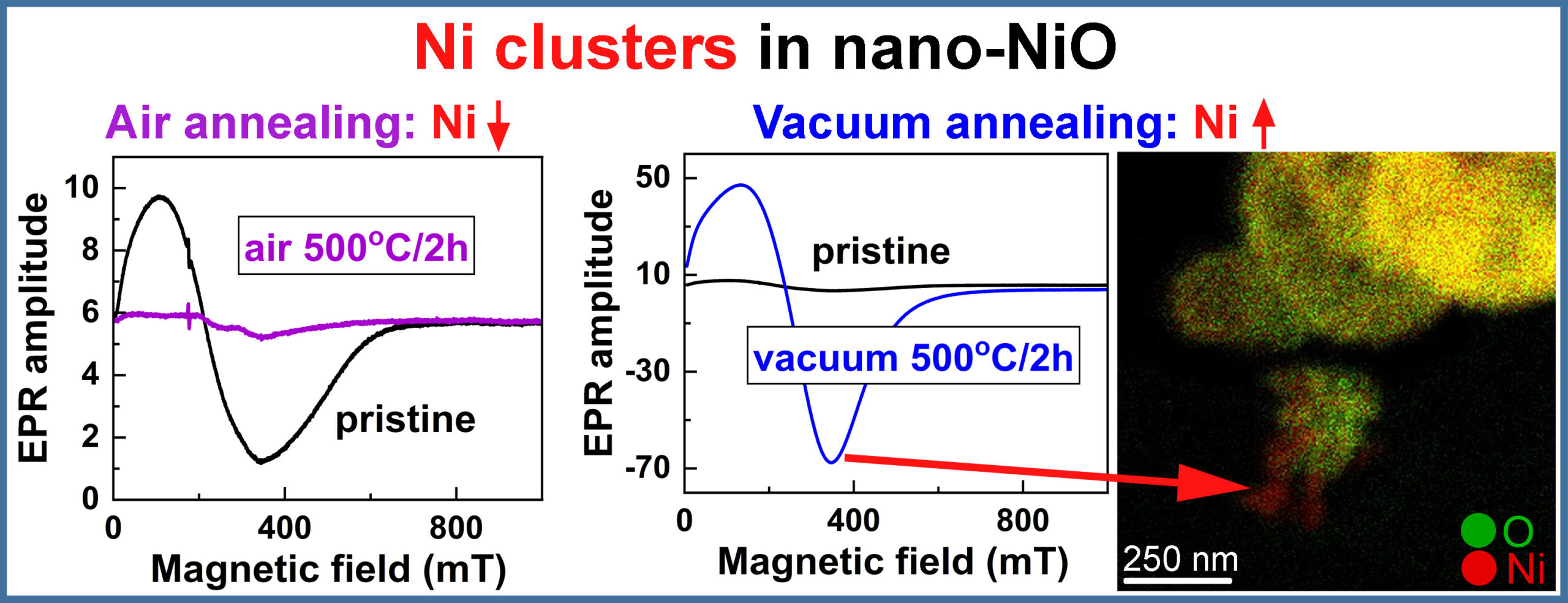Developing and characterising NiO-based gas sensors: innovations and challenges
|In the last 70 years, Semiconductor Metal Oxide (SMO) sensors have garnered significant attention for their role in monitoring environmental conditions, especially in industrial safety and pollution control. P-type SMOs, such as Nickel Oxide (NiO), offer a host of advantages, including high catalytic activity, low interference from background humidity, and the potential for low-power consumption. NiO was found to have good sensing response to gases such as hydrogen, methane, ammonia and nitrogen dioxide under various operating conditions. The gas sensing performance of the NiO nanostructures is significantly affected by factors such as grain size, morphology, surface defects, which depend on the synthesis route.

Dr. Cristian Eugen Simion and a team of scientists from the National Institute of Materials Physics (Magurele, Romania), including CERIC PhD fellow Catalina Gabriela Mihalcea, studied NiO nanoparticles obtained by hydrothermal synthesis at two different temperatures and subsequently submitted to various thermal treatments, to monitor the evolution of their morpho-structural properties and observe the effect of their thermal history on the CO sensing ability. To do so, they exploited several techniques, including Electron Paramagnetic Resonance and High Resolution Transmission Electron Microscopy, available at the CERIC Romanian Partner Facility.
The NiO nanoparticles calcined at 400°C and 500°C exhibited marked differences in their morphology, defect structure, and gas-sensing performance. The annealing processes in vacuum and air induced further changes in these properties. The Electron Paramagnetic Resonance and Transmission Electron Microscopy studies revealed the presence of a minority phase of metallic nickel clusters in the superficial layer of the NiO nanoparticles annealed in vacuum, while air annealing resulted in the oxidation of these clusters, which significantly affected the sensor response to CO at 250°C operating temperature. The dissolution of nickel clusters induced a decrease in the concentration of free charge carriers, which are critical to the material’s conductivity, and consequently led to an increase in the baseline resistance.
This intricate relationship between the NiO nanoparticles thermal history and gas-sensing performance highlights the importance of controlling the synthesis and post-synthesis treatment processes for developing highly efficient and stable gas sensors.
ORIGINAL ARTICLE:



